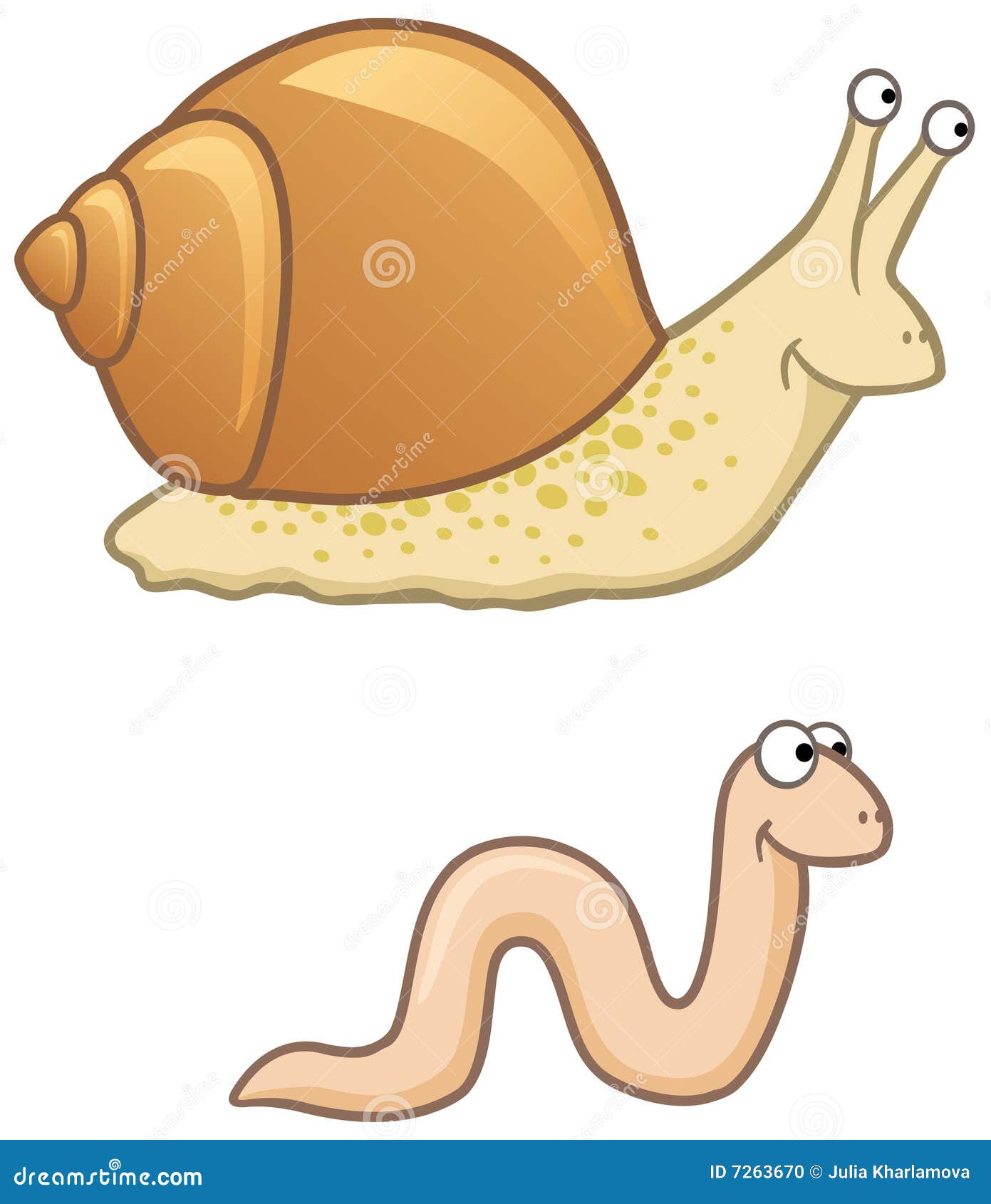

Flatworms hunt actively in the soil, moving along crevices and burrows, as they follow the scented trail of their prey. Terrestrial flatworms are predators that attack a range of small animals including slugs, snails, earthworms, and other soil invertebrates. Terrestrial flatworm (undescribed genus), North Island, In many shades of reddish-brown, purple, whitish, and black.īodies of flatworms are usually very fragile, easily damagedīy a slightest touch, and collected worms die and decompose The New Zealand flatwormsĪre often colourful, with spots and stripes or in solid colours, Trail is left behind the worm as it moves. The movement is by a gliding motion, and a thin mucous Eye spots may be present,īut often are absent or very small, so that the head and tailĮnds of a flatworm are not easily identified if it is not The size of a flatworm is not constant, as theseĪnimals can stretch out or contract considerably, changing Terrestrial flatworms are free-living soilĪnimals, 0.5-10 cm in length, with flattened and unsegmentedīodies. Terrestrial flatworms can be mistaken for slugs, but as the name suggests, the flatworms are more flattened dorso-ventrally.

The flatworms (Turbellaria) are mostly marine, some inhabit fresh water, and the members of Terricola (terrestrial flatworms) live in moist terrestrial habitats. Scienific name: phylum Platyhelminthes - “flat worms”, class Turbellaria, order Seriata, infraorder Terricola.

Undescribed native flatworm ( "Australopacifica")Ĭommon name: terrestrial flatworms, land planarians, Maori toke.


 0 kommentar(er)
0 kommentar(er)
